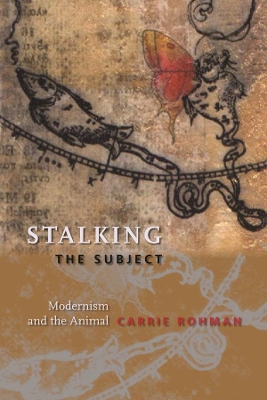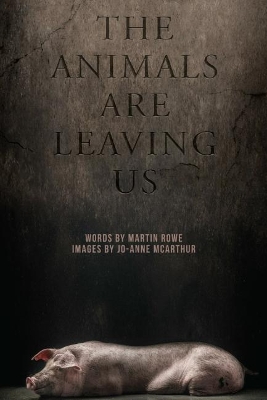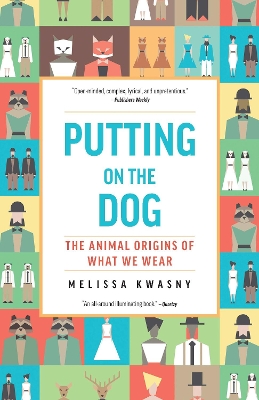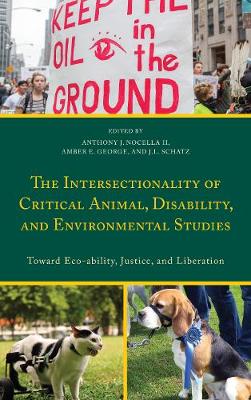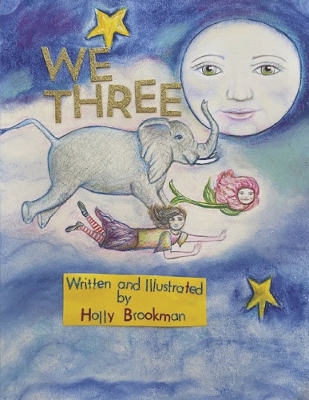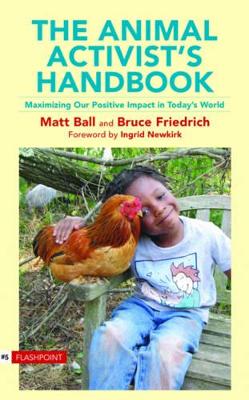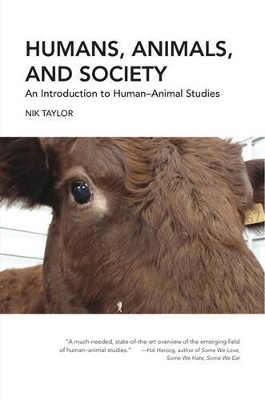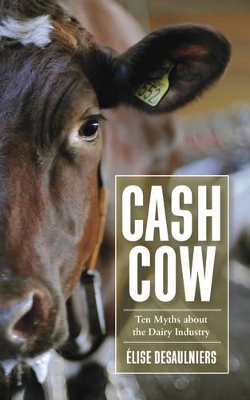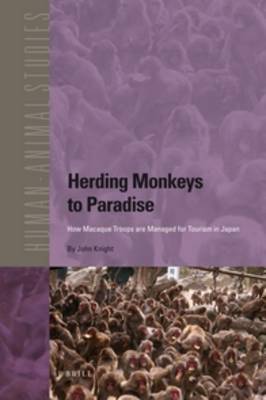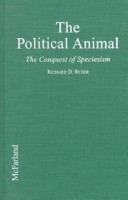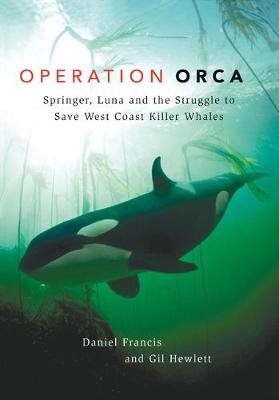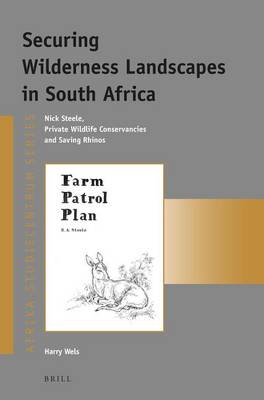Human and animal subjectivity converge in a historically unprecedented way within modernism, as evolutionary theory, imperialism, antirationalism, and psychoanalysis all grapple with the place of the human in relation to the animal. Drawing on the thought of Jacques Derrida and Georges Bataille, Carrie Rohman outlines the complex philosophical and ethical stakes involved in theorizing the animal in humanism, including the difficulty in determining an ontological place for the animal, the questio...
Pawprints On My Heart 20 (Pawz to Reflect Journals, #20)
by Big Black Dog Studio
The Bond: An Excerpt with Fifty Ways to Help Animals
by Wayne Pacelle
In Putting on the Dog, Melissa Kwasny explores the age-old relationship between humans and the animals that have provided us with our clothing: leather, wool, silk, feathers, pearls, and fur. From silkworms grown on plantations in Japan and mink farms off Denmark's western coast to pearl beds in the Sea of Cortes, Kwasny offers firsthand accounts of traditions and manufacturing methods-aboriginal to modern-and descriptions of the marvel and miracle of the clothing itself. What emerges is a fresh...
The Intersectionality of Critical Animal, Disability, and Environmental Studies: Toward Eco-ability, Justice, and Liberation is an interdisciplinary collection of theoretical writings on the intersectional liberation of nonhuman animals, the environment, and those with disabilities. As animal consumption raises health concerns and global warming causes massive environmental destruction, this book interweaves these issues and more. This important cutting-edge book lends to the rapidly growing mov...
Animal Activist's Handbook (Flashpoint)
by Matt Ball and Bruce Friedrich
This book is a study of the use of monkeys as a tourist attraction in Japan. Monkey parks are popular visitor attractions that display free-ranging troops of Japanese macaques to the paying public. The parks work by manipulating the movements of the monkey troop through the regular provision of food handouts at a fixed site where the monkeys can be easily viewed. This system of management leads to a variety of problems, including proliferating monkey numbers, park-edge crop-raiding, and the sede...
This book is about one of the most extraordinary phenomena of our times, one which raises fundamental questions about the nature of altruism, about the character of humankind, about a new political agenda and about the relationship of humans with the rest of nature. This phenomenon is the attention paid to the welfare of nonhuman animals and their rights or interests.
Securing Wilderness Landscapes in South Africa (Afrika-Studiecentrum)
by Dr Harry Wels
Much of the discussion on the Anthropocene has centred upon anthropogenic global warming and climate change, and the urgency of political and social responses to this problem. Animals in the Anthropocene: Critical Perspectives on Non-Human Futures shows that assessing the effects of human activity on the planet requires more than just the quantification of ecological impacts towards the categorisation of geological eras. It requires recognising and evaluating a wide range of territories and terr...
For Our Children (Value Inquiry Book Series / Values in Bioethics, #215) (Values in Bioethics)
by Anders Nordgren
This book provides an overview of different ethical views on animal experimentation. Special attention is given to the production and experimental use of genetically modified animals. It proposes a middle course between those positions that are very critical and those very positive. This middle course implies that animal experiments originating in vital human research interests are commonly justified, provided that animal welfare is taken seriously. Some animal experiments are not acceptable, si...

